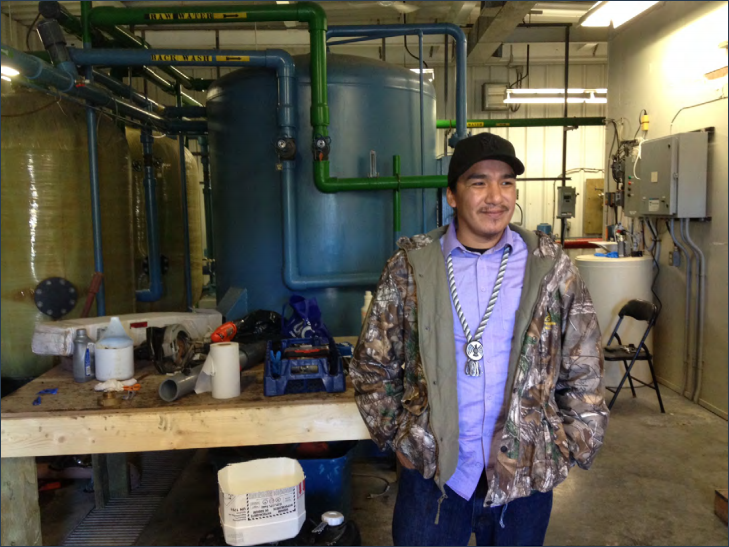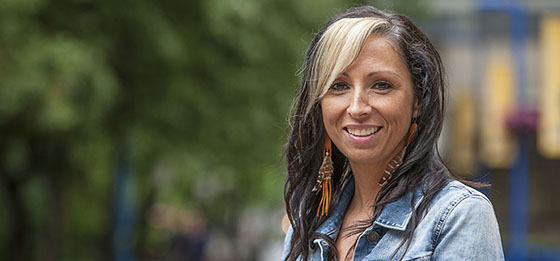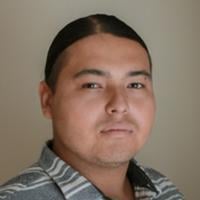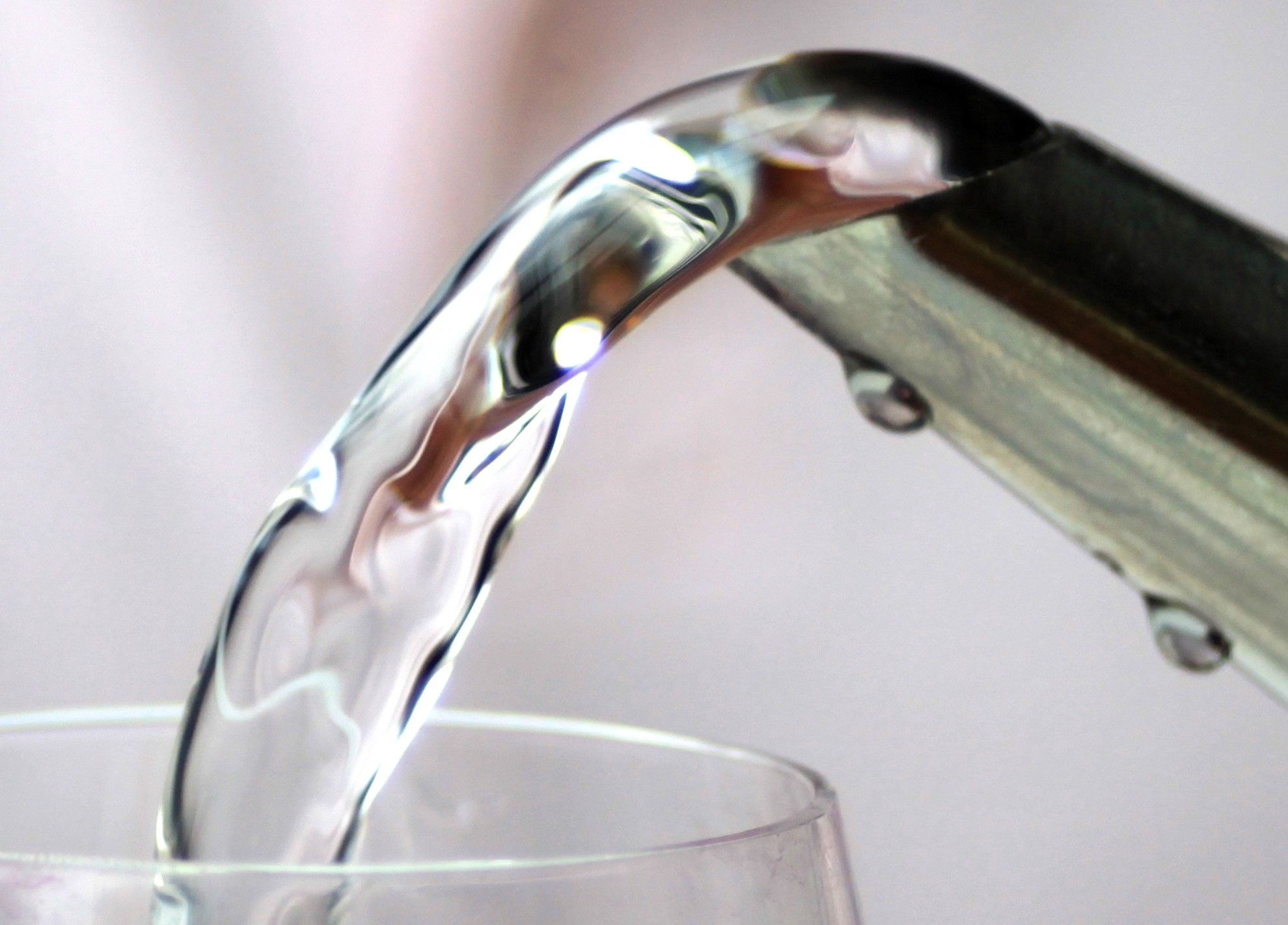Tyee readers asked that we investigate what would be needed to solve the water crisis in many First Nations communities, and what the candidates running for office this election are promising to do in the next 36 months regarding this issue. We broke that question into 16 related ones, went looking for answers, and provide here our explainer.
Justin Trudeau’s Liberal government promised to end all “long-term” drinking-water advisories on First Nations reserves by March 2021. How’s that going?
The Trudeau government came into power November 2015. At that time, there were 105 long-term drinking water advisories on reserves — “long term” meaning a year or more.
During the Liberals’ term, 87 advisories were lifted, one water system was de-activated and 39 new advisories were imposed.
That leaves 56 remaining — 43 boil-water advisories, 13 do-not-consume advisories — for the next government to address within the 17 months until March 2021.
What about water advisories in British Columbia?
The organization that keeps close tabs on water quality for B.C.’s First Nations says the number of unsafe water advisories has been “falling significantly.”
The First Nations Health Authority monitors 285 community water systems and 49 public water systems across 193 First Nations in B.C. There are in effect 11 drinking-water advisories within 10 Indigenous communities in B.C., down from 16 advisories in November 2015.
An FNHA representative told The Tyee that while the picture is improving on First Nations reserves in B.C., “the fact of the matter is that the vast majority of drinking water advisories in B.C. are off, not on, reserve.” He added that “a success story worth telling” is “how First Nations in the west have made great progress.”
What are the parties saying they will do this election?
The Liberals and the NDP both pledged to lift all drinking-water advisories from reserves by March 2021.
The Conservatives and the Greens have also pledged to address the issue, though did not provide specific details.
However, it’s nothing new for non-Indigenous leaders and bureaucrats to draw attention to and express outrage about this crisis, from elected officials to auditor generals.
How did recent governments combat the crisis before Trudeau?
Let’s rewind to 2005. The Paul Martin Liberal government announced the $5-billion Kelowna accord, which covered education, health services, housing, economic development and water on reserves. Phil Fontaine, then the National Chief of the Assembly of First Nations, called the plan a breakthrough for Indigenous peoples.
It took the Liberal government, along with provincial and Indigenous leaders, 15 months to examine systemic problems and come up with long-term solutions for First Nations, Metis and Inuit communities.
But when Martin’s minority government fell, and Harper’s Conservatives were elected the following year, they wanted to do something else: develop “a new approach with workable solutions.”
Instead of the Kelowna plan’s $600 million in Indigenous spending pledged for 2006, Harper’s government offered $150 million. It set the tone for the Conservatives lack of effective action on the file during their three terms in power.
The Conservatives might’ve passed the Safe Drinking Water for First Nations Act in 2013, but it came with no regulations.
While the Kelowna accord was by no means the ultimate solution to the “absolute disgrace” that is living conditions on Canadian reserves, Martin told iPolitics in 2011 that it was “probably the biggest step forward in finding the answers that has ever been done in the history of the country… [and] the structural foundation on which to build.”
Who’s responsible for water on reserves anyway?
The Constitution states that the federal government has the exclusive authority to legislate on matters pertaining to “Indians, and Lands reserved for Indians.”
That’s why it’s the federal government that funds water systems on reserves through Indigenous Services Canada, which has had multiple name changes over the years. Health Canada is responsible for water monitoring.
How and why does drinking water on reserves go bad?
The causes vary. A Human Rights Watch article explains that some First Nations’ water is “contaminated, hard to access, or at risk due to faulty treatment systems” across the country.
So what gets in the way of fixes getting done?
Unlike every province and territory in Canada, no specific water legislation exists on exactly what the federal government is supposed to deliver, nor which communities are eligible.
This has caused a lot of bureaucratic confusion.
There is no consistency to how water problems are dealt with from reserve to reserve, nor are there binding regulations on water quality.
When problems arise, it’s unclear whether First Nations leaders or the federal government should be held accountable due to the scattering of responsibilities.
Federal funding is doled out in yearly contracts, making the back and forth paperwork an administrative burden for resource-strapped reserves. The funding mechanism is also problematic. The federal government covers about 80 per cent of operations and maintenance, and First Nations are expected to pick up the remaining 20. However, most First Nations have insufficient revenue, which the federal government does not take into account. As a result, repairs are often delayed or reduced.
“What happens if there is negligence on the part of the contractor? Who has the authority? Who signs off on inspections?” the chief of the Batchewana First Nation told Human Rights Watch in 2016. “[There is provincial law] all of them are supposed to follow, but there is no enforcement on federal lands.”
As a result, Indigenous communities “cannot effectively plan and control the delivery of their services because the federal government has not created a legislative base to hold itself accountable,” reported the Truth and Reconciliation Commission in 2015.
Another chief put it this way to Human Rights Watch: “It’s as if the government bought a faulty car and rode around in it for 100,000 miles, then gave you the keys and said, ‘Now it’s yours, congratulations,’ but you don’t have the money to keep it running.”
As a 2017 report by the David Suzuki Foundation found, “Changes must be made to this complex process for the federal government to maintain progress toward its goal of ending long-term [drinking water advisories]. Funding alone will not resolve the issue.”

What does providing clean, drinkable water on a reserve entail?
What needs fixing differs from reserve to reserve — that’s why the crisis is so complex.
In some cases, it’s the lack of infrastructure, such as pipes.
It could also be a road, like in the case of Shoal Lake 40 at the Ontario-Manitoba border. The community was made an island in 1919 when an aqueduct cut the peninsula off from the mainland, making the logistics of building a water treatment plant difficult. (The all-season road, dubbed “Freedom Road” was completed in June.)
In other cases, it could be that the infrastructure was poorly built. In Neskantaga, the faulty construction of a filtration plant resulted in 24-year boil-water advisory, Canada’s longest, and still ongoing.
Some communities might have the infrastructure, but lack training, with operators often learning by book or trial and error. Some communities simply might not have the peoplepower.
It could also be a well that gets polluted by E. coli or chemicals from sewage, mining operations or agricultural run-off.
It’s been said that First Nations water crises are as diverse as the First Nations themselves.
How much would it cost to fix the water crisis on reserves?
The Trudeau government has pledged almost $2 billion to lift the drinking-water advisories on reserves.
However, the Parliamentary Budget Officer argued in 2017 that it would take a minimum of $3.2 billion to do so and to bring water systems on reserves up to the standards of comparable non-Indigenous communities.
The PBO also estimated that operating and maintenance costs for wastewater and drinking water would be $361 million annually. The Trudeau government had only been spending about half of that.
A federal contractor in 2011 has an even higher estimate of operations and maintenance costs: $469 million a year in today’s dollars.
But wait, doesn’t Canada have a lot of freshwater?
Yes, Canada has the world’s third-largest renewable freshwater supply worldwide. There’s about 104 million litres of freshwater per person.
By not fixing drinking water problems on Indigenous reserves is Canada violating human rights?
The United Nations has named safe water and access to proper sanitization a “basic human right.” A McGill Law Journal article notes Canada’s Constitution obligates providing essential public services of “reasonable quality” to all Canadians. And failure to provide clean drinking water conflicts with the Charter of Rights and Freedom.
The failure to provide drinking water also violates treaties signed by many First Nations and is rooted in the Indian Act, unjust legislation that prevents Indigenous people from taking control of their own resources and economic decision, argues Indigenous legal scholar, Pam Palmater. She considers Indigenous water problems a “crisis of Canada’s own making.”
The fact that Indigenous people bear the brunt of water pollution due to resource extraction and other activities carried out without their consent has been termed environmental racism.
B.C.-based Globe and Mail columnist Gary Mason has compared the Indigenous water crisis here to the lead-poisoned water scandal in Flint, Michigan, where more than half of the population is Black, a scandal that the state’s human rights commission attributed to systemic racism. Similarly, says Mason, the persistence of water advisories in Indigenous communities is “Canada’s national shame.”

When a reserve’s drinking water is not healthy, what can be the wider effects?
“The erosion of water resources has a negative impact on the wellbeing of communities and contributes to the current inequity in the health status of Indigenous Canadians,” according to Northern and Indigenous Health and Healthcare, published last year.
Impacts include “ongoing stress and mental illness; economic challenges such as having to purchase bottled water, missing work, and replace filters in treatment plants more often than typically scheduled; and undesired cultural and spiritual shifts like losing the ability to have water ceremonies or continue traditional teachings.”
What threat does the climate crisis pose to water on First Nations reserves?
As drought and lowered water tables become more common in some areas, “water treatment systems will need to be able to process higher loads of nitrates and other pollutants (in both ground and surface waters) that result from lower water levels accompanied by higher levels of leaching and sediment erosion,” according to an Assembly of First Nations study.
The federal government created The First Nations Adapt Program, which “provides funding to First Nation communities located below the 60th parallel to assess and respond to climate change impacts on community infrastructure and emergency management.” The program prioritizes First Nations communities at most risk of being impacted by human-induced changes to the climate.
What can young Indigenous people do to make things better?
They can use their voices to continue advocating for the right to safe drinking water. When 15-year-old Autumn Peltier from Wiikwemkoong First Nation addressed the UN about the water crisis, she inspired many others to become educated about the issue and take action, too.
Indigenous youth can pursue education and training to be able to diagnose, design, build and advocate for better water systems on reserves.
What can non-Indigenous allies do to help?
Begin by asking, “How would I feel if I couldn’t access clean drinking water in my community?” Non-Indigenous allies can work in partnership with local First Nations to address a water concern by holding government accountable to honour its responsibility. Write to MPs and spread awareness via social media. Advocate against racist, defeatist and cynical positions that stand in the way of change.
Work, too, with Indigenous nations in fighting threats to local water supplies from contamination. Here’s an excellent primer on how to be an ally in achieving environmental justice.
What would it really take to fix the problem once and for all?
Solutions that have been proposed include creating a transboundary authority to manage, measure and research water, and updating the Canada Water Act with Indigenous governments to ensure that it is consistent with the United Nations Declaration on the Rights of Indigenous Peoples.
But to really fix the problem would require honouring treaties and respecting Indigenous title to land and water, while correcting historic root causes of the water crisis. As Pam Palmater writes, “Returning lands and resources to First Nations would go a long way to ensuring that First Nations have sustainable governments — and clean water.”
Canada needs to get out of the “business of governing first Nations,” Palmater further argues. “There is no reason why Canada, the provinces and First Nations cannot lead an emergency plan to have this done within 18 to 24 months.” ![]()
Read more: Election 2019, Indigenous, Rights + Justice



















Tyee Commenting Guidelines
Comments that violate guidelines risk being deleted, and violations may result in a temporary or permanent user ban. Maintain the spirit of good conversation to stay in the discussion.
*Please note The Tyee is not a forum for spreading misinformation about COVID-19, denying its existence or minimizing its risk to public health.
Do:
Do not: